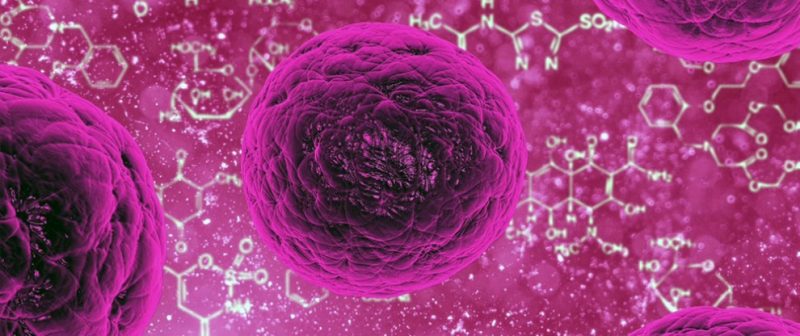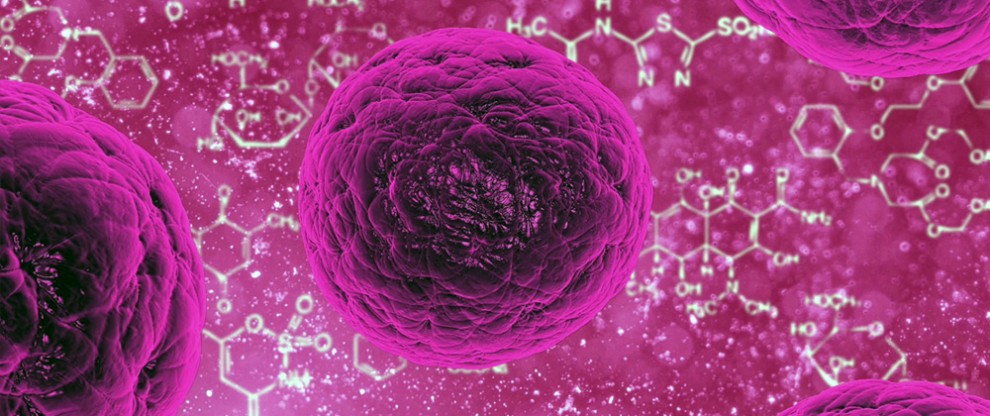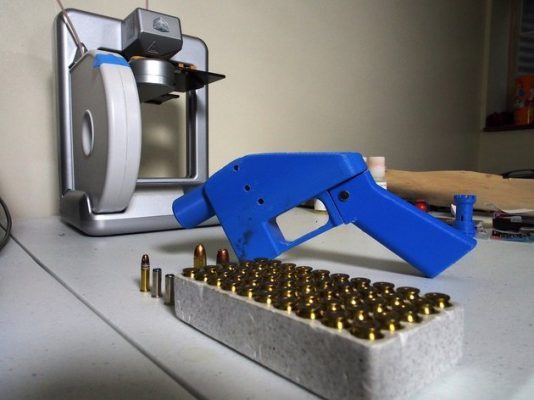Nanoparticle Therapy May Lead to More Effective Cancer Treatment


A new study reports that clusters of gold atoms formed into nanoparticles can effectively kill cancer cells.
The method would be especially useful for tumors that cannot be totally removed due to complications, and could lead to considerably higher survival rates among some patients if it is proven to work. The experiment was carried out on mice, but the Rice University team behind the study published in the journal Nature Nanotechnology hopes to begin testing on humans within the next couple of years.
One of the most difficult challenges in treating cancer is the presence of residual cancer cells after surgery. These remaining cells can continue to spread into the rest of the body or develop into fresh tumors. For this reason, physicians generally prescribe further chemotherapy or radiation therapy after surgery in an attempt to purge any cancer cells that might persist. Unfortunately, this is a blunt method that does not always succeed.
The field of nanotechnology has lately made some valuable contributions to this problem. One of the most viable techniques involves the use of nanoparticles, which in this case refer to clusters of gold atoms. These have been shown to be effective at killing cancer cells. Due to the particular qualities of blood vessels in tumors, injecting the right kind of nanoparticles into a patient’s bloodstream will lead to those particles leaking from the blood vessels into the surrounding area of the tumor. The tumor’s cells then absorb the nanoparticles as part of their natural cleaning mechanisms. At this point, scientists emit beams of infrared light onto the compromised tissue, which causes the nanoparticles to become hot, killing the cancer cells that host them.
While this approach has demonstrated some success, there are two notable drawbacks. First, since some of the injected nanoparticles are bound to find themselves around healthy cells, there is a risk of harming normal, non-cancerous tissue during the heating process. Second, the infrared beams themselves can be dangerous for ordinary tissue. This can make the gold nanoparticle strategy particularly hazardous when the cancer has spread to areas in the vicinity of vital organs and other important structures.
These concerns led to the development of a new methodology by Dmitri Lapotko, a former Rice physicist who now works at Masimo Corporation as head of laser science. Lapotko and his team took a twofold approach to adjusting the original nanoparticle heating technique and tested it on a group of mice. They implanted the mice with a type of squamous cell carcinoma found in humans and injected them with gold nanoparticles furnished with a special type of antibody that is attracted to squamous cells. This caused the particles to be grouped more precisely around the tumor’s cells. Next, rather than emit prolonged beams of infrared light, they fired short pulses of it instead. As Lapotko had anticipated, the heat from the lasers was effectively localized to the cancer cells.
However, there was a second result that made an even more crucial impact. Due to the higher concentration of the nanoparticles, there was a greater temperature increase in the targeted areas, causing miniature air bubbles to form from nearby water molecules. These “nanobubbles” immediately exploded, killing any remaining cancer cells.
According to Lapotko, this had an extraordinary effect on the mice’s survival. Of those whose tumors were completely excised, every one survived. Of those who had a partial removal, twice as many survived as with the older technique.
An important caveat to these results is that not every treatment that is successful in animal studies can be expected to work as well on humans. With some luck, however, this new approach could lead to great progress in the fight against residual cancer cells and boost many patients’ chances of survival.









